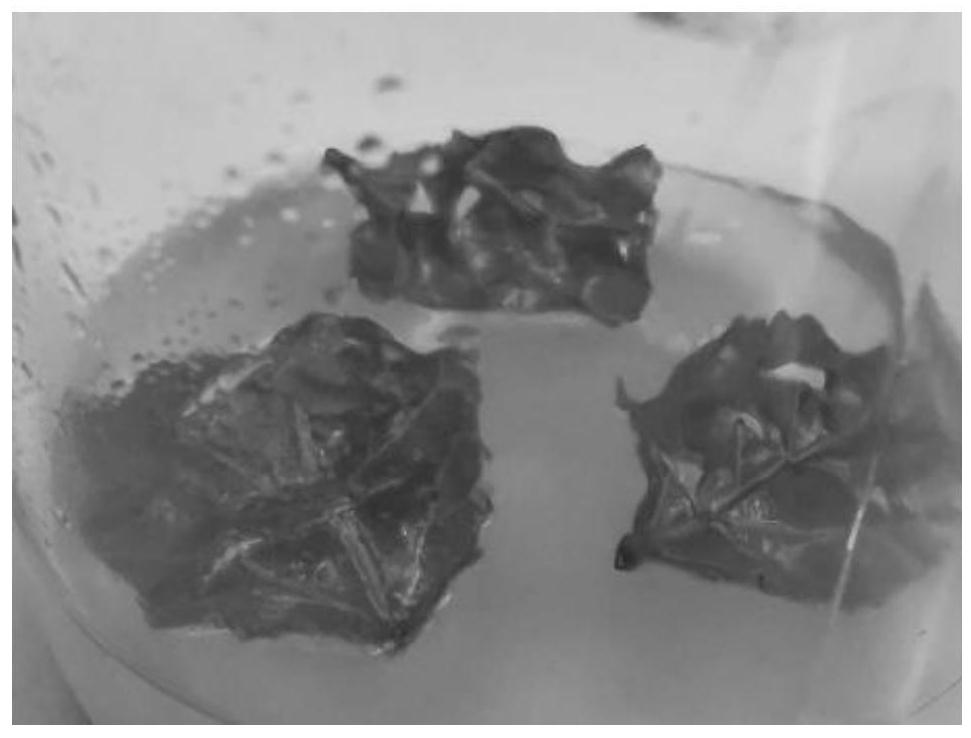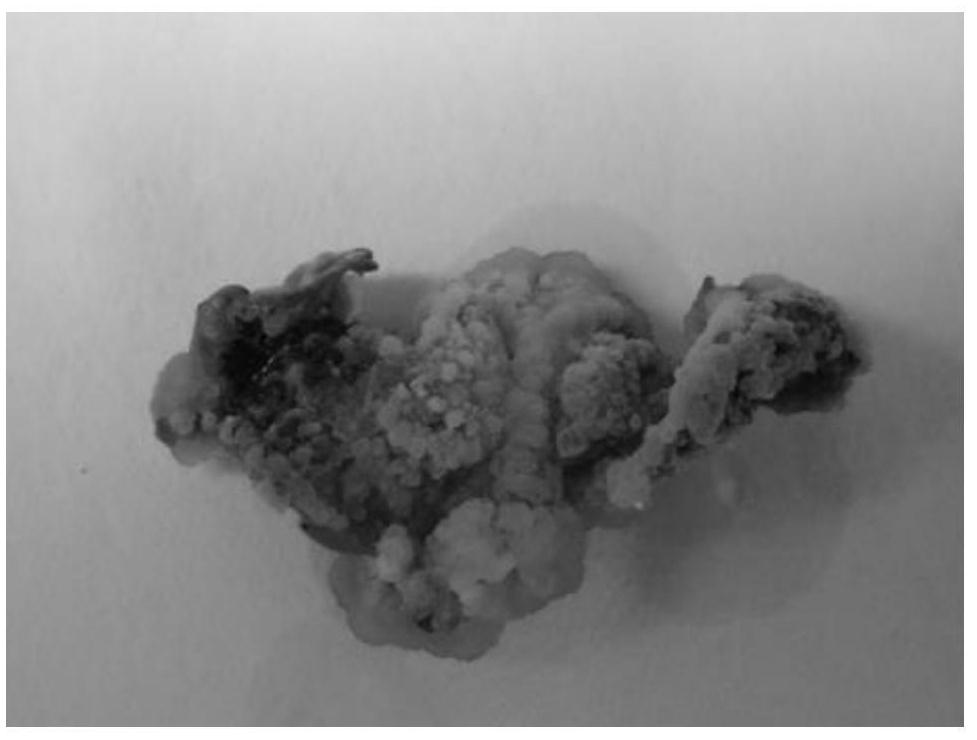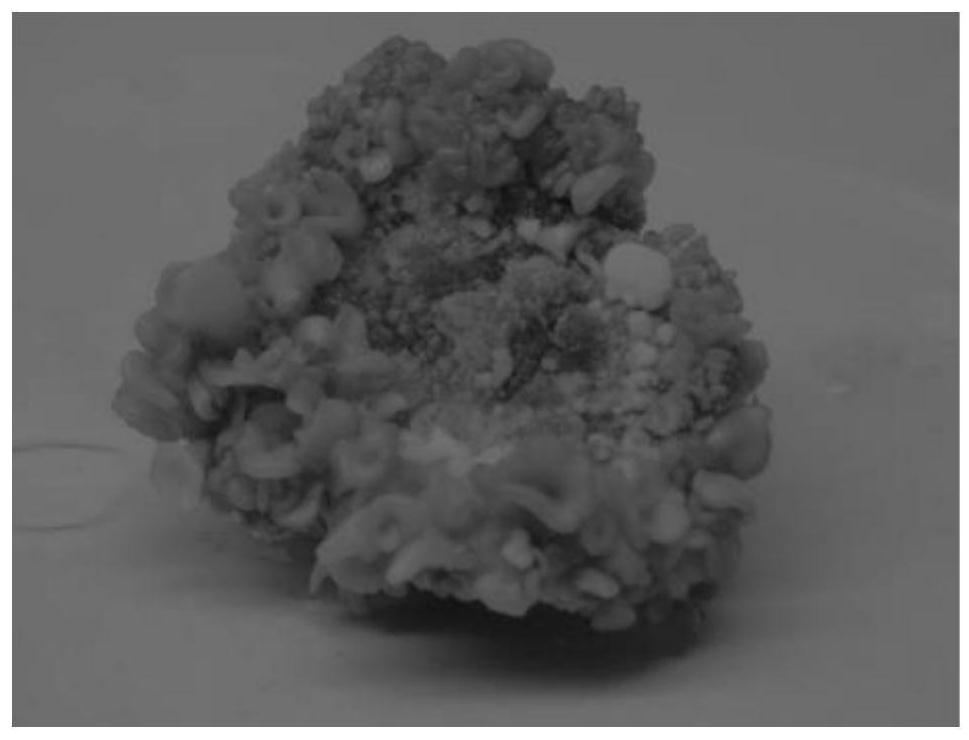Method for inducing in-vitro leaf somatic embryo of Populus*euramericana Neva
A detached leaf, European and American technology, applied in the field of plant biology, can solve the problems of low regeneration rate, less budding, etc., achieve the effect of low cost, strong seedling growth, and solve the problem of germplasm degradation
- Summary
- Abstract
- Description
- Claims
- Application Information
AI Technical Summary
Problems solved by technology
Method used
Image
Examples
Embodiment 1
[0072] 1. Selection of explants: After falling leaves in autumn or before germination in spring, select a single plant of European and American Populus 107 with strong growth and excellent performance, and take annual branches with no pests and diseases and full buds, and use a soft brush dipped in detergent solution to carefully remove the explants. Clean the dust on the surface of the branch, rinse it with running water, put the lower end into a bucket with a 45° oblique opening, add water to 1 / 3 of the branch, and place it in a leeward sunny place for indoor hydroponics. During the cultivation period, change the water every day and control the indoor temperature At around 25°C, and provide sufficient scattered light. After germination, take the young leaves that have just unfolded as explant materials.
[0073] 2. Disinfection of explants: place the leaves on an ultra-clean workbench, disinfect with 70% alcohol for 30 seconds, rinse with sterile water for 3 times, then ster...
Embodiment 2
[0083] 1. Selection of explants: European and American Populus 107 is provided by the Shandong Academy of Forestry Sciences. After falling leaves in autumn or before sprouting in spring, annual branches with no pests and diseases and well-developed buds are collected. Rinse with clean water and cut the lower end obliquely and put them in a bucket , add water to 1 / 3 of the branches, place in a leeward sunny place for indoor hydroponics, change the water every day during the cultivation period, control the indoor temperature at about 20°C, and provide sufficient scattered light. After germination, take the young leaves that have just unfolded as explants.
[0084] 2. Disinfection of explants: place the leaves on an ultra-clean workbench, disinfect with 70% alcohol for 30 seconds, rinse with sterile water for 3 times, then sterilize with 0.1% mercury liter for 3 minutes, rinse with sterile water for 5 times, and Blot dry with sterile filter paper.
[0085] 3. Induction culture o...
PUM
 Login to View More
Login to View More Abstract
Description
Claims
Application Information
 Login to View More
Login to View More - R&D
- Intellectual Property
- Life Sciences
- Materials
- Tech Scout
- Unparalleled Data Quality
- Higher Quality Content
- 60% Fewer Hallucinations
Browse by: Latest US Patents, China's latest patents, Technical Efficacy Thesaurus, Application Domain, Technology Topic, Popular Technical Reports.
© 2025 PatSnap. All rights reserved.Legal|Privacy policy|Modern Slavery Act Transparency Statement|Sitemap|About US| Contact US: help@patsnap.com



